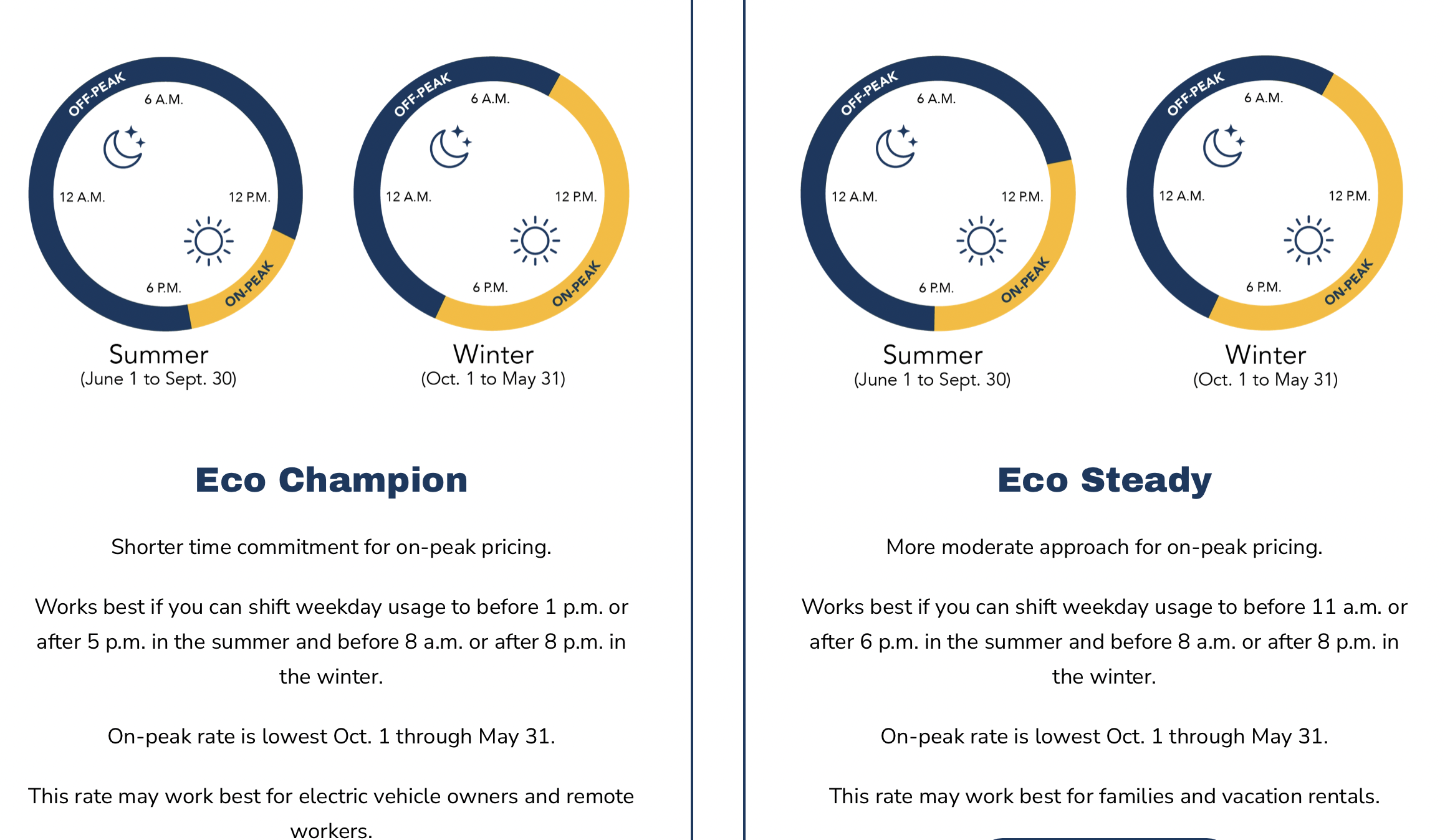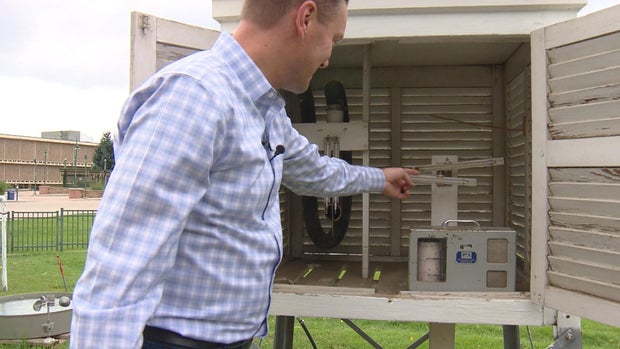Data centres face physical climate risks, report warns – Mongabay-India

Climate Risk Assessment of Indian Data Center Infrastructure and Implications for Sustainable Development Goals
Introduction
A global analysis by the climate analytics firm XDI reveals that India’s expanding digital infrastructure is increasingly exposed to significant climate-related risks. The study assesses the vulnerability of data centers, which are fundamental to achieving several Sustainable Development Goals (SDGs), to extreme weather events. This report synthesizes the study’s findings, with a specific focus on the implications for SDG 9 (Industry, Innovation and Infrastructure), SDG 11 (Sustainable Cities and Communities), and SDG 13 (Climate Action).
Key Findings of the Global Climate Risk Analysis
The XDI report analyzed 8,868 data centers globally, including 228 in India, to project the physical damage risk from climate change. The analysis highlights a critical challenge to building resilient infrastructure.
- Scope of Hazards: The assessment covered eight climate-related hazards: riverine and surface water flooding, forest fire, extreme wind, freeze-thaw, soil movement, tropical cyclone wind, and coastal inundation.
- Risk Projection Scenario: The findings are based on a high-emissions scenario (RCP 8.5/SSP5), intended to reveal worst-case impacts critical for resilience planning and stress testing infrastructure.
- Vulnerability in India: By 2050, over 12% of data centers studied in India are projected to face “high risk” from climate impacts. The overall risk of damage to this infrastructure is projected to more than double (a 111% increase) by the end of the century.
- High-Risk States: In a global ranking of the top 100 data center hubs by physical climate risk in 2050, several Indian states feature prominently:
- Uttar Pradesh: Ranks 2nd globally.
- Tamil Nadu: Ranks 25th globally.
- Maharashtra: Ranks 48th globally.
Alignment with Sustainable Development Goals (SDGs)
The vulnerabilities identified in the report directly threaten progress towards key SDGs by exposing critical infrastructure to climate-induced failures.
SDG 9: Industry, Innovation and Infrastructure
Data centers form the backbone of modern industry and innovation. The report’s findings indicate a significant challenge to Target 9.1, which calls for the development of quality, reliable, sustainable, and resilient infrastructure. The high risk of physical damage to data centers from climate hazards can disrupt essential services like banking, healthcare, and cloud computing, thereby undermining economic development and technological advancement.
SDG 13: Climate Action
The study underscores the urgent need to integrate climate change measures into national policies and planning, as stipulated in Target 13.2. The projected doubling of damage risk highlights the consequences of inaction. Strengthening resilience and adaptive capacity to climate-related hazards (Target 13.1) is paramount for safeguarding the digital economy. The report advocates for a strategic shift from costly post-event adaptation to proactive climate mitigation and risk screening.
SDG 11: Sustainable Cities and Communities
The reliability of data centers is integral to the functioning of modern urban areas. A failure in this infrastructure can cause cascading disruptions across essential city services, directly impacting the goal of making human settlements inclusive, safe, resilient, and sustainable. The findings are particularly relevant to Target 11.5, which aims to significantly reduce the impact of disasters on populations and infrastructure, and Target 11.b, which promotes integrated policies for disaster risk reduction.
Strategic Recommendations for Enhanced Resilience
To align infrastructure development with the SDGs, the report suggests several strategic actions to ensure the long-term reliability of data centers.
- Integrate Climate Risk Screening: Implement mandatory and effective climate risk screening for the siting of proposed data centers and the assessment of existing facilities. This proactive measure helps avoid vulnerable locations and guides necessary infrastructure upgrades.
- Adopt Resilient Design and Operations: Planning must incorporate resilient design principles, including efficient cooling systems, redundant power and network systems, and robust structural integrity to withstand projected climate hazards.
- Prioritize Climate Mitigation: Given that adaptation involves large up-front investments and ongoing maintenance, a greater focus on climate change mitigation is essential to reduce the severity of future hazards.
- Conduct Ongoing Assessments: Data center resilience planning should include continuous assessments that incorporate evolving climate models to ensure long-term operational reliability.
Identified Gaps and Future Research
A critical limitation of the current study was identified, which necessitates further research for a comprehensive risk assessment aligned with SDG principles.
- Systemic Interdependencies: The report does not model the critical interdependencies between data centers and other essential systems.
- Areas for Future Study: A more comprehensive risk assessment should address cross-dependencies with power grids, water supplies, transport, and communication networks to understand the potential for system-wide failure beyond direct structural damage.
1. Which SDGs are addressed or connected to the issues highlighted in the article?
SDG 9: Industry, Innovation and Infrastructure
- The article’s central theme is the vulnerability of digital infrastructure, specifically data centers, which are a cornerstone of modern industry and innovation. It discusses the need to build resilient infrastructure to withstand climate-related risks.
SDG 11: Sustainable Cities and Communities
- The article highlights the vulnerability of infrastructure within specific Indian states (Uttar Pradesh, Tamil Nadu, Maharashtra), which are major hubs for data centers. It implicitly addresses the need to make cities and human settlements, where this critical infrastructure is located, more resilient to climate-related disasters.
SDG 13: Climate Action
- This is the most prominent SDG in the article. The entire analysis revolves around the impact of climate change on infrastructure, the need for “resilience planning,” “adaptation,” and “mitigation” in the face of “climate change-induced hazards and extreme weather.”
2. What specific targets under those SDGs can be identified based on the article’s content?
SDG 9: Industry, Innovation and Infrastructure
- Target 9.1: “Develop quality, reliable, sustainable and resilient infrastructure…to support economic development and human well-being.” The article directly addresses this by highlighting the vulnerability of data centers—critical infrastructure—and calling for “resilient design” and “infrastructure improvements” to ensure their reliability against climate hazards.
SDG 11: Sustainable Cities and Communities
- Target 11.5: “By 2030, significantly reduce…direct economic losses relative to global gross domestic product caused by disasters…” The article focuses on preventing “costly outages, data loss, and cascading failures” in data centers due to climate hazards, which represent significant economic losses.
- Target 11.b: “…implementing integrated policies and plans towards…mitigation and adaptation to climate change, resilience to disasters…” The article advocates for this by recommending “integrating effective climate risk screening,” “resilience planning,” and “ongoing assessments” for data center hubs.
SDG 13: Climate Action
- Target 13.1: “Strengthen resilience and adaptive capacity to climate-related hazards and natural disasters in all countries.” The core message of the article is the need to strengthen the resilience of data centers against hazards like “riverine and surface water flooding, forest fire, extreme wind,” and others.
- Target 13.2: “Integrate climate change measures into national policies, strategies and planning.” The recommendation to use “climate risk screening of proposed or existing sites” is a direct call to integrate climate change measures into infrastructure planning.
3. Are there any indicators mentioned or implied in the article that can be used to measure progress towards the identified targets?
Indicators for SDG 9 & 13
- Percentage of critical infrastructure at high risk: The article explicitly states that “over 12% of 228 data centres studied are projected to face ‘high risk’ from climate impacts by 2050.” This serves as a direct indicator of the lack of resilience (Target 9.1, 13.1).
- Projected increase in infrastructure damage: The report’s projection that the “risk of damage to data centre infrastructure from climate change hazards is projected to more than double (111%) by the end of the century” is a quantifiable indicator of future vulnerability and potential economic loss (Target 11.5).
- Ranking of regions by physical climate risk: The article mentions the ranking of states like Uttar Pradesh (2nd), Tamil Nadu (25th), and Maharashtra (48th) in a list of top 100 data center hubs by risk. This ranking system is an indicator used to measure and compare vulnerability across regions (Target 13.1).
Indicators for SDG 11 & 13
- Adoption of climate-resilient planning policies: The article implies the need for an indicator to track the adoption of policies such as “integrating effective climate risk screening,” “resilient design,” “efficient cooling,” and “redundant systems” in the planning of new and existing data centers (Target 11.b, 13.2). Progress would be measured by the number or percentage of infrastructure projects that incorporate these plans.
4. Table of SDGs, Targets, and Indicators
| SDGs | Targets | Indicators |
|---|---|---|
| SDG 9: Industry, Innovation and Infrastructure | 9.1: Develop quality, reliable, sustainable and resilient infrastructure. | Percentage of critical infrastructure (data centers) resilient to climate hazards. The article notes 12% are at “high risk.” |
| SDG 11: Sustainable Cities and Communities | 11.5: Significantly reduce direct economic losses from disasters.
11.b: Implement integrated policies and plans for climate change adaptation and resilience. |
Projected increase in damage to infrastructure from climate hazards (stated as a 111% increase).
Adoption of climate risk screening and resilient design in infrastructure planning. |
| SDG 13: Climate Action | 13.1: Strengthen resilience and adaptive capacity to climate-related hazards.
13.2: Integrate climate change measures into national policies and planning. |
Ranking of states/regions by physical climate risk to infrastructure.
Extent to which climate risk screening is integrated into site planning for new infrastructure. |
Source: india.mongabay.com

What is Your Reaction?
 Like
0
Like
0
 Dislike
0
Dislike
0
 Love
0
Love
0
 Funny
0
Funny
0
 Angry
0
Angry
0
 Sad
0
Sad
0
 Wow
0
Wow
0














































































